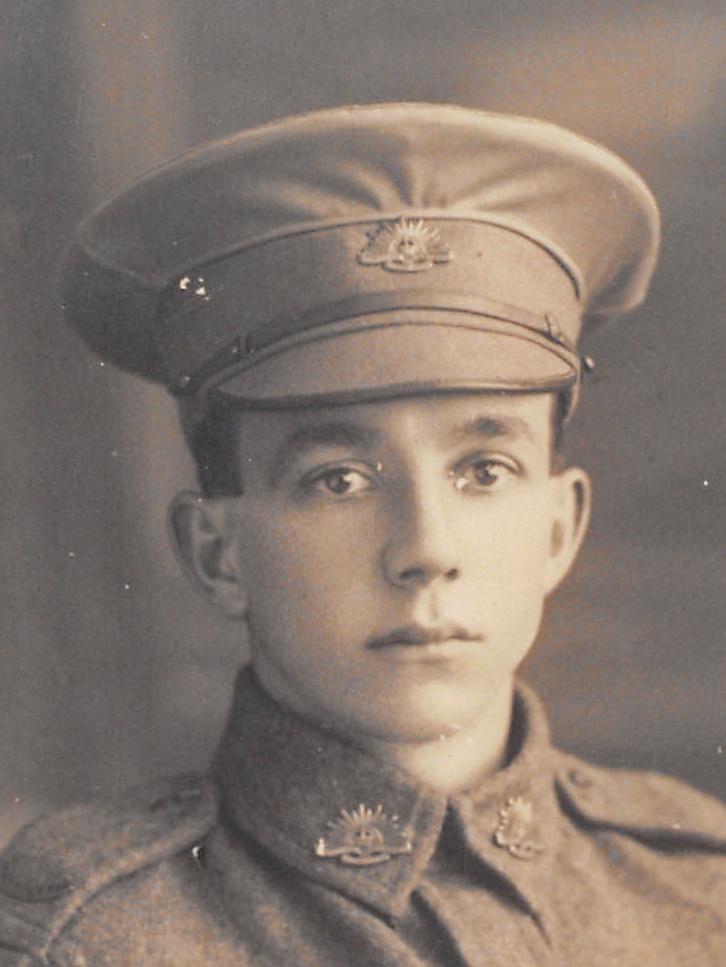 In 1916 during World War I the Australian Government felt that the recruitment of volunteers was not providing sufficient men for military service. Two plebiscites seeking to conscript men for overseas military service were held, one in 1916 and the second in 1917. In both cases the proposal was voted against and Australia sent only volunteers to fight in the war.
In 1916 during World War I the Australian Government felt that the recruitment of volunteers was not providing sufficient men for military service. Two plebiscites seeking to conscript men for overseas military service were held, one in 1916 and the second in 1917. In both cases the proposal was voted against and Australia sent only volunteers to fight in the war.
The Prime Minister, William Morris Hughes, returned from Britain and France in July 1916 determined to introduce conscription. Britain, soon followed by New Zealand, had introduced compulsory military service in January 1916. Hughes believed that unless Australia was absolute in its support of the war effort, the nation might not get a full say in peace discussions where matters of Australian concern would be decided.
This plebiscite is often referred to as a referendum but this is technically wrong. A referendum decides constitutional issues; no constitutional issue was in question, the plebiscite was really just seeking consensus for the legislative changes required to introduce conscription. However, the word `referendum’ was used at the time and has remained the accepted nomenclature.
A `War Census’ was taken between 6 and 15 September 1915. All males aged between eighteen and sixty years were asked their name, address, age, marital status, dependants, general health and debilities, current occupation and any other work they could undertake, military training (if any), numbers and descriptions of firearms in their possession, place of birth (and place of birth of father and mother) and, if relevant, naturalization particulars. On the basis of information collected from this census, the Commonwealth Statistician found there were 600,000 fit men aged between eighteen and forty-four years. The Commonwealth Statistician deemed men “fit” if they described themselves in good health, neither blind nor deaf, and had not lost a limb.
The Prime Minister anticipated a favourable outcome from the referendum and called up eligible men to go into military training camps. At the beginning of October 1916 the Federal Government, invoking powers under the Defence Acts, required men aged between twenty-one and thirty-five to register for service within the Commonwealth and, if fit, to enter camp for training.
I have looked at the history of Avoca , a town in central Victoria, during World War 1. When all men in Avoca deemed eligible were required to report to camp in September 1916, many of those eligible who were found medically fit applied for exemption, mostly on the basis of farming or other commitments. The exemption courts were reported in the papers without comment. Calling up eligible men perhaps drew the attention of voters to the implications of conscription and provoked them to vote no.
121 men were medically examined for military service in Avoca in October and November 1916. Of these, 69 were found fit for military service. Fifty-four of those applied for exemption, about 80% of those fit and eligible. This proportion is in line with the national averages. National proportions of those claiming exemptions were: 62% of those examined, or 80% of those found fit.
No legal representation was allowed at the exemption courts.
Examples of newspaper reporting of the exemption courts include Nhill which gave reasons for exemption:
Similarly in Parkes:
Some men, though granted exemption, nevertheless subsequently enlisted. A man from the Avoca district, Stanley William Smith, a farmer from Homebush, who applied for and was granted exemption to 28 February 1917 was one of these. He enlisted on 28 April 1917, served with the 60th Battalion, was wounded on the road to Amiens, and died of his wounds on 9 August 1918 aged 26. He is buried at Vignacourt British Cemetery, Vignacourt, Somme, France.
 |
| Studio portrait of 3484 Private (Pte) Stanley William Smith, 9th Reinforcements, 60th Battalion, of Avoca, Vic. Pte Smith enlisted on 28 April 1917 and embarked aboard HMAT Port Melbourne in Sydney on 16 July 1917. He died of wounds on 9 August 1918. Photograph in the collection of the Australian War Memorial ID number DA18225 taken by the Darge Photographic Company at Broadmeadows, Victoria about June 1917 retrieved from http://www.awm.gov.au/collection/DA18225/ |
On 28 October 1916 the `No’ vote prevailed Australia-wide but not in Victoria, nor amongst soldiers from Victoria. (Soldiers voted in the plebiscite and their votes have been tallied separately.)
Of the 86,101 applications for exemption Australia wide, 38,508 were allowed and 14,803 were refused. The result was that of the 189,335 men who reported in response to the 1916 proclamation only 18,192, under 10%, were found fit and did not claim exemption.
 |
| Chart based on figures published by the Sydney Morning Herald on 18 November 1916 on the outcome of men called up under the 1916 proclamation |
If a member of your family was eligible for military service in 1916 and had not enlisted by October 1916 it might be worth your while to search local newspapers for reports of the exemption courts.
The National Archives appear to have few records of these courts, presumably because the push for conscription was unsuccessful and the files were destroyed shortly thereafter. The only two records I could find in the catalogue of the Archives relate to appeals to the High Court:
- NAA: A10117, 1916/12: In the matter of an appeal by the Military Representative Henty Subdistrict Victoria, re exemption court appeal, re JAPP Ronald Douglas, War Service Regulations
- NAA: A10117, 1916/11: Military Representative Fawkner Subdistrict Victoria, re exemption court appeal for FRANKLIN Richard Penrose, War Service Regulations




































































